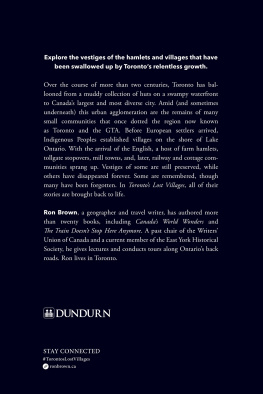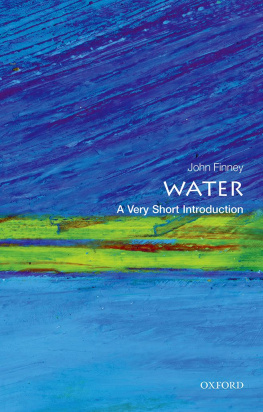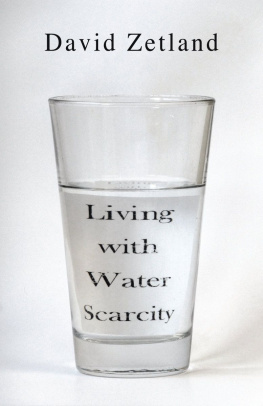Christina Palassio - HTO: Torontos Water from Lake Iroquois to Lost Rivers and Low-flow Toilets
Here you can read online Christina Palassio - HTO: Torontos Water from Lake Iroquois to Lost Rivers and Low-flow Toilets full text of the book (entire story) in english for free. Download pdf and epub, get meaning, cover and reviews about this ebook. year: 2008, publisher: Coach House Books, genre: Romance novel. Description of the work, (preface) as well as reviews are available. Best literature library LitArk.com created for fans of good reading and offers a wide selection of genres:
Romance novel
Science fiction
Adventure
Detective
Science
History
Home and family
Prose
Art
Politics
Computer
Non-fiction
Religion
Business
Children
Humor
Choose a favorite category and find really read worthwhile books. Enjoy immersion in the world of imagination, feel the emotions of the characters or learn something new for yourself, make an fascinating discovery.

- Book:HTO: Torontos Water from Lake Iroquois to Lost Rivers and Low-flow Toilets
- Author:
- Publisher:Coach House Books
- Genre:
- Year:2008
- Rating:5 / 5
- Favourites:Add to favourites
- Your mark:
HTO: Torontos Water from Lake Iroquois to Lost Rivers and Low-flow Toilets: summary, description and annotation
We offer to read an annotation, description, summary or preface (depends on what the author of the book "HTO: Torontos Water from Lake Iroquois to Lost Rivers and Low-flow Toilets" wrote himself). If you haven't found the necessary information about the book — write in the comments, we will try to find it.
Drained by a half-dozen major watersheds, cut by a network of deep ravines and fronting on a Great Lake, Toronto is a city dominated by water. Recently, the trend of fettering Torontos water and putting it underground has been countered by persistent citizen-led efforts to recall and restore the citys surface water. In HTO: Torontos Water from Lake Iroquois to Lost Rivers to Low-flow Toilets, thirty-four contributors examine the ever-changing interplay between nature and culture, and call into question the citys past, present and future engagement with water.
HTO explores everything from waste disposal, waterfront reclamation and community watershed initiatives to the founding of the Toronto and Region Conservation Authority after Hurricane Hazel, a psychogeographic exploration of High Level Pumping Station and a critical look at the citys Wet Weather Flow Management Master Plan. In between, there are descriptions of Torontos geological past, the history of Taddle Creek and a Ninjalicious-style tale of infiltration of the citys storm sewers, complete with a colour-image section. Together, these essays provide a context for a critical observation of the citys relationship to water, and how that relationship will have to change in the coming decades.
Includes essays by Richard Anderson, Bert Archer, Chris Bilton, James Brown, Michael Cook, Nick Eyles, Liz Forsberg, Mark Fram, Ed Freeman, Chris Hardwicke, Michael Harrison, Maggie Helwig, Lorraine Johnson, Joanna Kidd, John Lorinc, Robert MacDonald, Steven Manell, Michael McMahon, Shawn Micallef, Gary Miedema, Helen Mills, Mahesh Patel, Wayne Reeves, Frank Remiz, RiverSides, David Robertson, Jane Schmidt, Murray Seymour, Eduardo Sousa, Andrew Stewart, Kim Storey, Ron Williamson and Georgia Ydreos.
HTO fittingly reminds readers ... that we have astonishing power to enactchange ... invaluable
Canadian Water Treatment
A poignant reminder to any city-dweller of the cultural, historical and environmental importance of fresh water, public health, lakes, rivers and streams
Canadian Architect
An intense and multifaceted approach to the relationship between the natural and urban world.
Corporate Knights
Christina Palassio: author's other books
Who wrote HTO: Torontos Water from Lake Iroquois to Lost Rivers and Low-flow Toilets? Find out the surname, the name of the author of the book and a list of all author's works by series.








